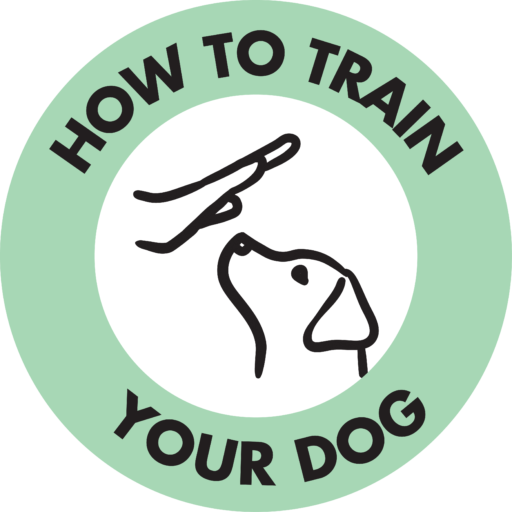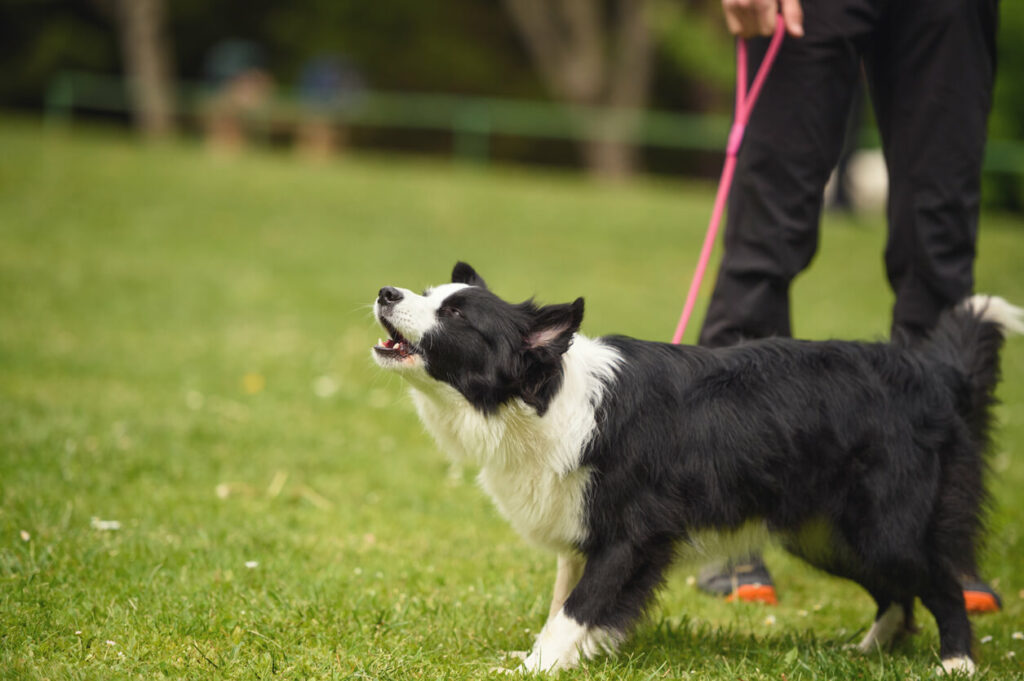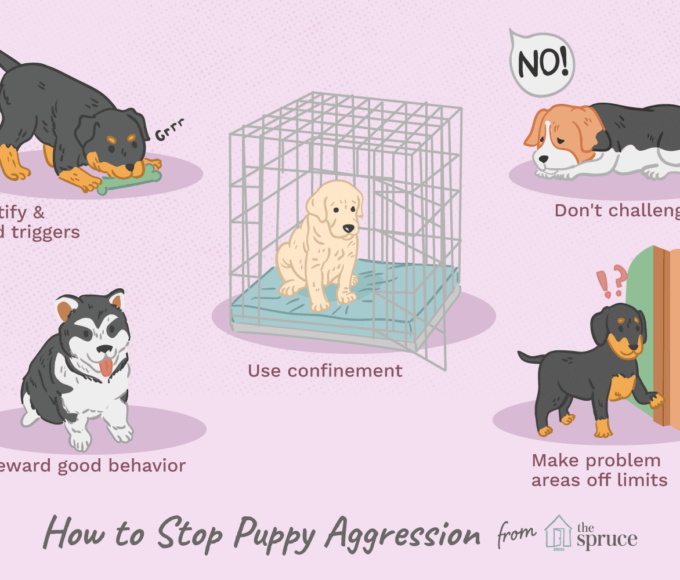When a dog barks, it’s sure to get your attention, no matter the tone.
Dogs bark for different reasons, from happiness or pain to dementia. Understanding why your dog barks, the type of barks, and how to get your dog to stop is all important for a pet owner to know. Being in tune with your dog’s bark can help you understand what its bark is trying to communicate.
Why does my dog bark for no reason?
If your dog barks, you may know why they are barking, but other times it seems like a mystery. Dogs don’t just bark for no reason, and “there is always a reason for the barking, and it’s our job to figure out what our dogs need.” Understanding why your dog barks can help you address it or seek medical attention.
Dogs can seem to bark for no reason for many reasons.
Dogs use their bark to communicate with their owners when they are happy, sad, anxious, or fearful.
They also use their bark to get someone’s attention if they feel like their owner is in danger or someone suspicious is approaching the front door.
Are dogs actually communicating when they bark?
While many pet owners wish that their pets could speak, dogs do communicate with us “in many ways, including body language, scent, and of course barks, whiles, and growls.” Barking is one of the best ways to understand your dog’s emotions if you understand their pitch, frequency, and loudness.
The pitch of a bark can also communicate a lot. A dog with a higher pitched bark is usually playful and happy. A lower pitch can be a sign of something more serious happening, from someone suspiciously being in the house or being hurt.
Outside of pitch, the frequency of a bark combined with pitch can tell a different story. A loud, high pitch bark can indicate your dog is in pain, while a short, low-pitch bark could tell you your dog is annoyed.
Many high pitch barks in a row when you get home from vacation are a way for your dog to tell you they missed you and are happy you’re home.
How do I get my dog to stop barking?
Identifying the types of barks can help you find the best way to get your dog to stop barking. In addition, there are different methods to use to train your dog to only bark when they really need help or to communicate something.
Using one or combining a few of these methods may be the best thing for you to do to get your dog to stop barking.
This is the first thing to try if your dog is barking excessively is to keep your dog busy. This can be from playing with them to taking them on long walks. If they get tired after a long day, they are less likely to bark if they are bored.
If exercise isn’t helping, try socializing your dog. This is best to do early, but starting at any time is great. This is especially helpful if your dog barks when people walk by or approach the house. They are probably territorial, but if you socialize them with people like the mailman, they will get used to people coming around your house.
Another great method to use is the “quiet” command. When your dog barks, say quiet very calmly but firmly. Reward your dog with a treat after you say the command and they are quiet. Eventually, you will no longer need a treat, and they will be quiet.
Lastly, don’t respond when your dog barks, especially if you know it is not an urgent bark. This is harder than it sounds because we know a bark can indicate if your dog needs help. But this is why it’s so important to know your dog’s types of barks and not respond when they are bored and want attention.
6 Types of dog barks
There are six main types of dog barks, and identifying them can help you understand what your dog is communicating.
Not all barks are the same. Some can communicate by being playful, while others are more serious and can indicate a problem.
Territorial
Dogs are pack animals and want to protect their owners and home. When someone walks by that is a stranger, your dog may start to bark. As someone gets closer, their bark can get louder, lower in pitch, and more frequent. Your dog’s body language will also reflect its bark.
Fear
If your dog is surprised by something, it can see that as a threat and be scared. Their bark and body language will indicate that they are afraid of something. This can be as simple as a plastic bag floating in the wind to a serious threat in your home.
Boredom
Some dogs don’t like being alone, and if that is the case with your pup, they may bark when alone. It’s a mixture of boredom and sadness.
Play
Dogs love to bark when they are playing. You can usually tell they are happy when playing by the tone of their bark and even their body language.
Attention
Dogs are smart and know how to get our attention by barking. For example, if a dog needs to go outside, is ready to eat, or wants to play, it may let out a singular, deep bark to get you to look at them.
Separation Anxiety
Dogs can suffer from separation anxiety, and when they are nervous, they will bark more. Your dog may bark and go in circles in its crate when left alone because of the anxiety mixed with boredom and fear.
Feature image by: smrm1977





